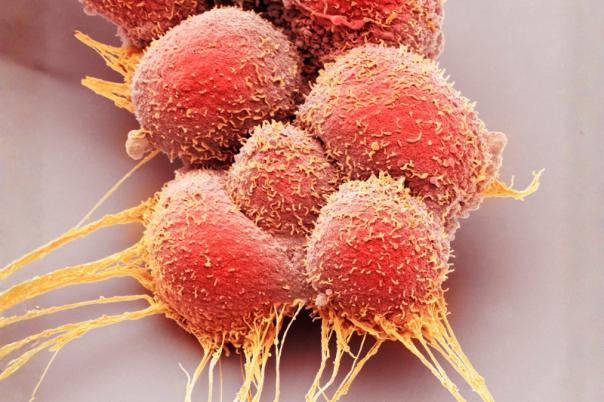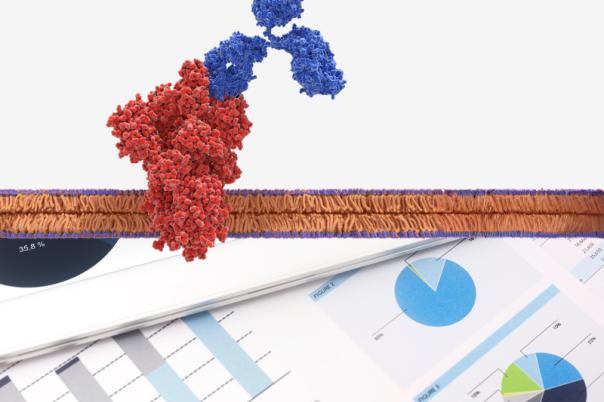Over the last few years, Sanofi has expressed interest in biologics and creating a broad modality toolbox that can be used to tackle unmet medical needs. Soraya Holper, Senior Scientist for Developability and Mass Spectrometry at Sanofi explained that Sanofi is experimenting with antibodies and antibody hybrids. Holper stated: “So what we believe are the prerequisites for successful next generation multi-specific antibodies is they need to be flexible on the one hand, but also simple in design on the other hand.”
At Sanofi, several requirements for multi-specific platforms make them suitable for automation. Their fully agnostic platform allows any feature or protein to be modified, including geometry, valency, aggregation, and stability. While this offers a multi-dimensional analysis, the readout must be high-throughput capable.
Having accurate data sets to feed into training sets for computational models assists with virtual screening and enables rational design, therefore Sanofi invested in several higher throughput technologies. Holper explained that her team is aiming to make peptide mapping high throughput capable, a challenging task but they are having success.
The ultra-high-throughput platform can analyze 10,000 different molecules. Applied filters such as expression binding, polyreactivity, and potency narrow down the optimal hits. However, Holper posed the question are we confident that these are truly the best hits? In the following steps for lead selection, there are still many factors that must be analyzed including developability characteristics and manufacturability. To tackle this, Hopler suggested that leveraging AI and computational methods is key. She introduced three computational approaches with the potential to overcome this challenge.
Firstly, in silico developability uses a therapeutic antibody profiler that flags antibodies that differ from clinical-stage therapeutics and their developability profile. The continuously expanding data set allows scientists to test their molecules against it. This tool flags antibody candidates with developability profiles that differ significantly from clinical-stage therapeutics by analysing surface properties like hydrophobicity, charge, and sequence features. These insights allow researchers to rank candidates for stability, aggregation potential, and viscosity challenges.
The second approach involves ensuring dataset diversity using SCALOP, a tool that clusters complementarity-determining regions (CDRs) into conformational groups. This method enables rapid analysis of structural diversity using only sequence data, eliminating the need for homology models.
The third approach, a predictive model for pharmacokinetics, focused on Sanofi’s proprietary CODV (Crossover Dual Variable Domain) format. CODV molecules, used for bi- and tri-specific therapeutics, consist of staggered variable domains linked by flexible linkers. The speaker highlighted how minor sequence mutations in these molecules could lead to significant differences in pharmacokinetics, particularly clearance rates. A predictive model was developed to correlate surface properties like positive and negative charges, as well as hydrophobicity, with clearance behaviour. By analysing a dataset of 30 multi-specific molecules, researchers identified key patterns: positively charged residues in specific CDR regions correlated with faster clearance, while negatively charged residues and lower hydrophobicity correlated with slower clearance. These findings were combined into a clearance likelihood score, which showed strong predictive accuracy when tested on new molecules.
To sum up, Holper demonstrated that incorporating computational tools like TAP, Scallop, and PK prediction models improves early-stage selection. Overall, AI-driven virtual screening enables rational design and accelerates drug discovery timelines.





